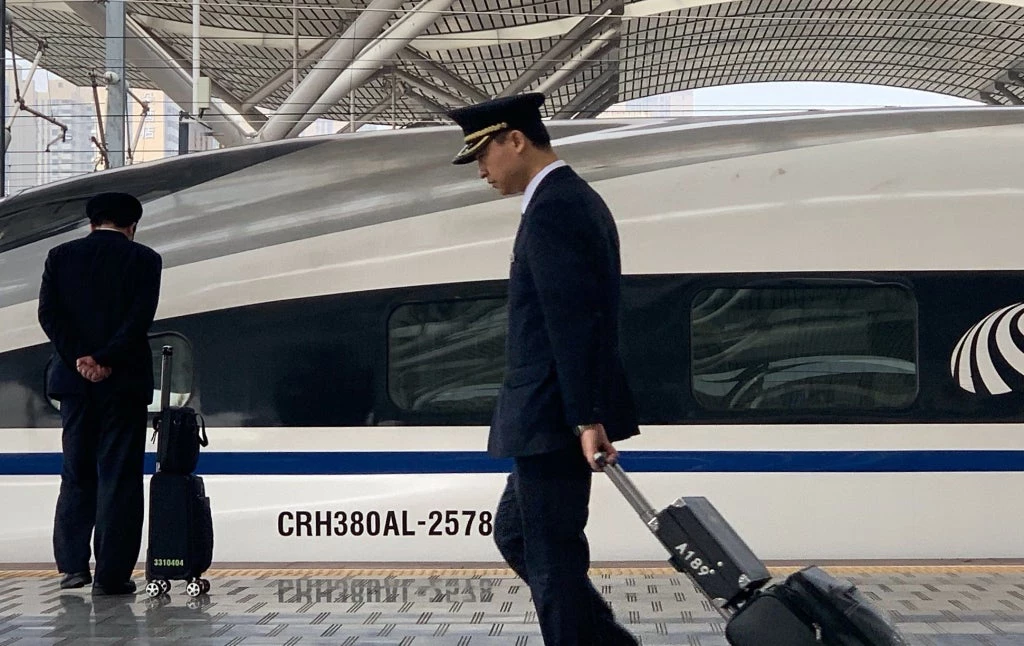
Most railways in the world have seen intercity passenger traffic decline in the last ten years, and many struggle to maintain services and ridership. In China, by contrast, train travel is booming. While the country was already home to one of the largest and busiest railway systems in the world, the number of passengers on Chinese railways has increased 8.5% per year over the last 10 years. Most of this growth has come from high-speed rail service: In the last ten years, China has built more than 25,000 km of high-speed railway (HSR) lines, and now carries more high-speed rail passengers than Japan or Europe.
What can we learn from this experience about attracting passengers to rail? And what does that tell us about whether countries—especially developing countries—should consider building high speed rail? These are some of the main questions we explored in a recently published report on the development of high-speed rail in China.
What makes high-speed rail attractive?
Besides the train, passengers in most markets have a variety of options for traveling between cities, including buses, private automobiles, and airlines. To be competitive, rail services must operate with high punctuality, frequency, speed and comfort. In China, HSR services that connect large cities run at least once an hour between 7:00 am and midnight. Over 95 percent of high-speed trains reach their destination on time, with the latest-generation Fuxing trains boasting even better punctuality. Trains are modern and comfortable. With speeds of 200 to 350 kilometers per hour, HSR travel times are very competitive for distances of 150 – 800 km (about 1-3 hours), and somewhat competitive up to 1200 km (about 5 hours).
Prices must be competitive as well. In China, high-speed rail prices are higher than conventional rail prices, but about half the fares in Europe and Japan (on a purchasing power parity basis). Fares for 2nd class service on 250 kph trains are comparable with bus fares, while fares for 1st class service on 350 kph trains are comparable with discount air fares. This pricing means HSR tickets are affordable to the vast majority of the population.
What markets are suitable for high-speed rail?
Our analysis of the Chinese market shows that the optimal distance for HSR ranges between 150 to 800 km (up to a maximum of 1200 km in certain settings). If the distance is less than 150, the door-to-door time for HSR will not be competitive with bus/autos. If the distance is above 800 – 1200 km, most travelers will fly.
Another key takeaway is that HSR is best-suited for busy markets where train travel can attract large volumes of passengers. A basic hourly train service will provide approximately 6 million seats. If the trains are to have reasonable occupancy, they must be able to attract at least 4 million passengers per year. Given the relatively affordable fares charged in China, covering investment and operational costs requires average passenger density of 40+ million passengers per year.
So, what can we learn from the Chinese experience? First, to compete with other modes, HSR operators need to get the fundamentals right: high frequency, punctuality, comfort, and affordable prices are crucial to attracting passengers. Second, while many countries see HSR projects as potential white elephants, China’s track record shows that high-speed rail can be economically and financially viable—especially in middle-distance, high-demand markets. Based on the promising results of HSR in China and elsewhere, high speed rail could be a worthwhile investment for some markets, providing a safer, cleaner way of traveling between cities.
Martha Lawrence is the Leader of the Railway Solutions Group at the World Bank.


Join the Conversation